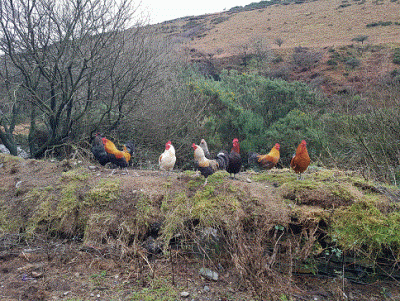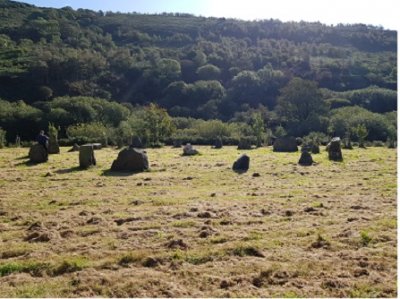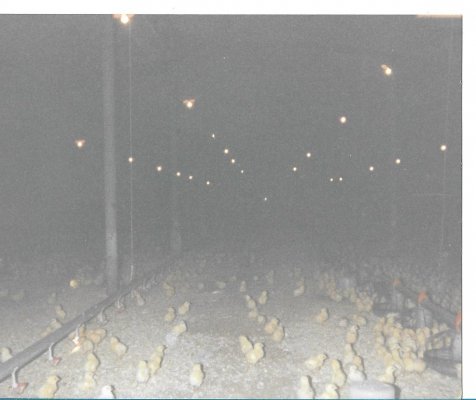Fearsome Feral Fowl Frightens Folks
Their raucous clucking deprives residents of sleep. They leave the neighbourhood “wrecked”. And food left out for them attracts “rats the size of cats” to an otherwise peaceful, leafy suburb.
New Zealand’s national lockdown to quell the spread of Covid-19 appears to have vanquished the virus, but it has had one unintended consequence: the re-emergence of a plague – not of frogs or locusts but of feral chickens, a flock of which is once again menacing an area of west Auckland.
Residents of Titirangi, a suburb of fewer than 4,000 people and about 20-30 feral chickens,
emerged from New Zealand’s coronavirus lockdown to find a nightmare they thought had ended was not over. The feral chickens, which council contractors had been working to gently capture and rehome since their numbers peaked in 2019, had multiplied during the shutdown.
“It’s reignited old divisions in the village,” said Greg Presland, the long-suffering chair of the Waitākere Ranges community board, which is tasked with addressing the problem. Some Titirangi residents have said on social media that the chickens bring a quaint and charming character to the village. Others say they’re “like something out of a Stephen King movie”.
Presland, who said “about 15” of the birds have taken up residence 50 metres from his house, said the problem began in 2008 when a resident had released two domesticated chickens in the village and they had “gone rogue.”
https://www.theguardian.com/world/2...chickens-return-to-plague-new-zealand-village








